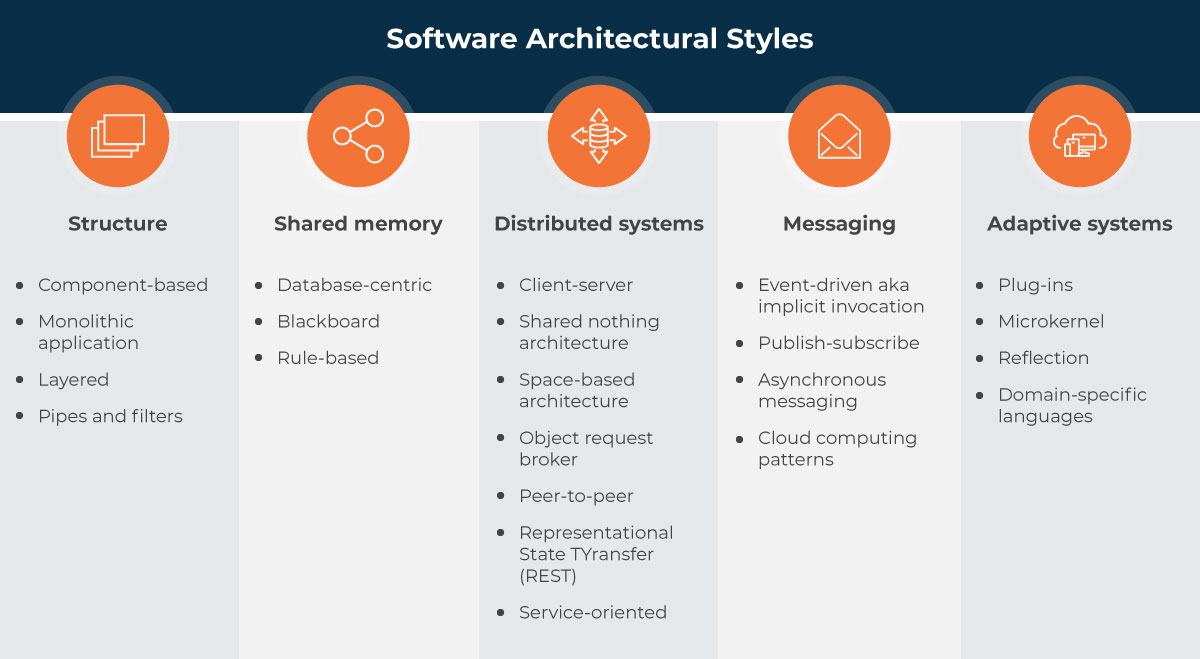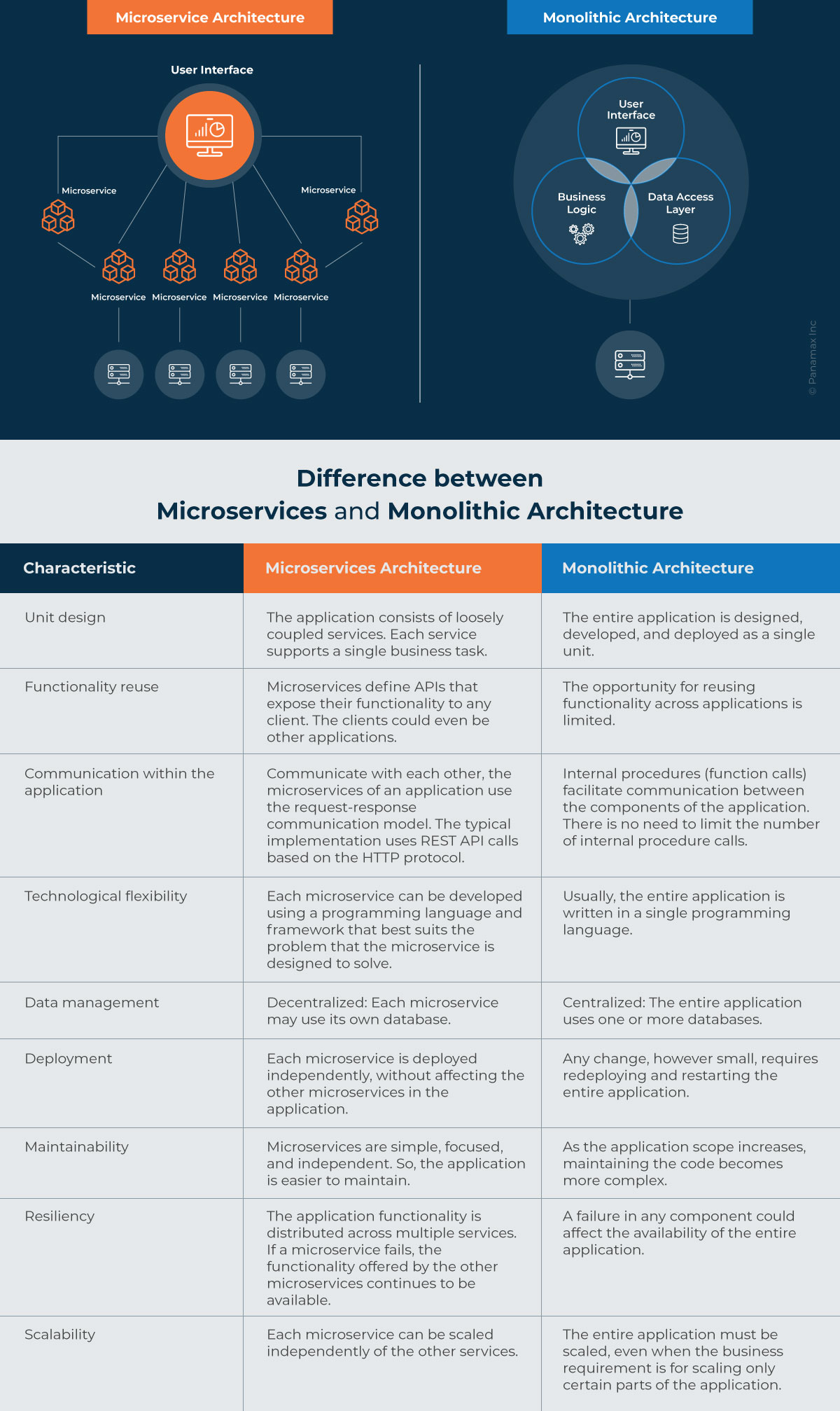Finance has given a leeway to digital and technical advances thus creating the scope of a profound transformation via rapidly upgraded process integration of payments, lending, insurance, and wealth management. COVID played cupid in this evolution of services and the financial services managed to increase concentration in their existing market by honoring the competition, diversity, and being effective and inclusive.
Amidst the glory of transformation, finance has also opened its doors for discussions about policies, regulations, economic frictions, and prioritized economic forces i.e., economies of scope and scale.
Economies of scope and scale (i.e., concepts that explain why costs are often lower for larger companies) have the power to expand avenues for financial intermediaries while shaping and strengthening the financial as well as the economic structure of the market.
With the constant evolution in the digital space, numerous best practices, emerging technologies, and innovative architectural patterns have made it easy for companies to commit to delivering sustainable changes and making a positive impact through their services.
While people consider the terms architectural pattern and architectural style to be the same, the former is a general, reusable solution to a commonly occurring problem in software architecture within a given context while the latter defines the process of organizing the codes in a design - more like offering the bird's eye view of the pattern.
Software engineering issues, such as computer hardware performance limitations, minimization of business risk, and high availability are addressed by architectural patterns, the architectural style helps keep the designer focused on layers and modules as well as optimization of communication within the elements.
AMR in a recent report mentioned that “Global microservices architecture market size was valued at $2,073 million in 2018, and is projected to reach $8,073 million by 2026, registering a CAGR of 18.6% from 2019 to 2026”.
Microservice Architecture - an Introduction
Amongst an array of modern technologies, ‘Microservice Architecture’ is changing the software landscape one independently deployable service at a time. The common characteristics around a problem and its solution give rise to the scope of new patterns of architecture to assist the dynamic demands of evolution.
Domain-driven Design
Domain-driven design is a software design approach focusing on modeling software to match a domain according to input from that domain's experts.
Continuous Delivery
Continuous delivery uses automation to speed up the release of new code dependent on the changes made to any application by a developer then pushes the code repository or container registry through automation.
Automation (Both Platform and Delivery)
Infrastructure automation is the process of reducing human interaction with IT systems with the usage of optimized programs/ software or a command both for platforms and delivery
Scalable Systems
A scalable system is measured by the rate of adaptability or how a system responds to changes while trying to meet the demands of the larger goals set by new problem-solving approaches.
Polyglot Programming and Persistence
Polyglot programming is the practice of writing code in multiple languages to capture additional functionality and efficiency not available in a single language. Microservices architecture enables applications to be built in a simplistic way and function either in a cluster or independently delivering on the promise made by creating a seamless working environment.
Types of Architectural Styles
Components of Microservices
- Clients
- Identity Providers
- API Gateway
- Messaging Formats
- Databases
- Static Content
- Management
- Service Discovery
The logic of Microservice and Monolithic Architecture
How to Deploy Microservice? (Use Fintech/ Banking as an Example?)
- Multiple service instances are deployed per host
- Each Service instance is deployed per host
- Each Service instance is deployed in its VM
- Each Service instance is deployed in its Container
- Each Service is deployed using a Serverless deployment
- Each service is deployed using a highly automated deployment platform
How do External Clients Communicate with the Services?
External clients communicate with the services via API gateway which offers access with a unified interface to services and Backend for front-end shims that fills a design gap that is inherent in the API process and helps personalize separate API gateways for each kind of client.
The Benefits of Microservices Architecture:
According to leanIX, “Organizations using microservices get new software to market five times faster than those that don’t and 71% of the users plan to increase their use of microservices in the next 12 months”.
Cloud Microservices Market Research Report added that there will be an increase in the market size at a CAGR of 21.37%ffom 019 to 2026($.1billion)
Microservices Architecture has the Following Features:
Communication
the unique independently designed services come with their personalized communication protocol.
Speed
As by principle, microservices architectures do not share a common architecture, minimizing sharing in favor of duplication, thus enhancing operation speed.
Flexibility
Mostly because of the independent nature of microservices, consistent data governance is not possible thus providing flexibility for each service.
Interoperability
Microservices simplify processes and use lightweight messaging protocols like HTTP/REST (Representational State Transfers) and JMS (Java Messaging Service) enabling interoperability.
Storage
Microservices optimizes storage resources by preferring collaboration across the organization.
Service Granularity & Complexity Localization with Team Optimization
Each of the independent units of the microservices is a self-contained service, thus empowering the development team by offering the opportunity to stay focused on understanding the complexities of that particular service making localization of complexity possible.
Increased Resiliency and Better Fault Isolation
Ensures that one failed service does not bring down the entire architecture via a ripple effect. Thus, the best way to deal with this is to let the system fail in order to learn about recovering vis Chaos Testing.
Real-time Processing Support for best Technology Use
The use of Publish/Subscribe pattern enables a framework for exchanging messages between publishers and subscribers in real-time thus an exchange of instant output and insights.
Deriving the Business Value
The microservices architecture can bring in real business value by focusing on – speed and reliability.
| Speed | Reliability |
| ■ Agility | ■ Greater efficiency |
| ■ Independent deployability | ■ Independent manageability |
| ■ Composability | ■ Replaceability of components created by aging systems and components |
| ■ Organizational alignment | ■ Stronger resilience and higher availability |
| ■ Polyglotism | ■ Better runtime scalability |
MobiFin with Microservice Architecture:
MobiFin Elite is a unique platform that facilitates the true microservice architecture which enables asynchronous, non-blocking communication for optimized concurrent processing. High availability framework with Kafka extensions allows for context-based mirroring and microservice logic. Dynamic Execution profiles for each service are flexibly provisioned using Service Building blocks and dynamic flows. This makes the transaction engine more dependable and efficient. MobiFin offers integration of transaction engine with real-time tracking, enhanced fraud management, and real-time debugging of transactions. Its highly scalable architecture is capable of handling a high volume of concurrent transactions along with the competence of achieving exceptional TPS (Transaction per Second). Additionally, the architectural innovation and integrated business process with the MobiView and MobiTracker tools provide an opportunity to increase customer satisfaction with CapEx and OpEx optimization.
Panamax Inc. is a leading provider of financial and telecom technologies. MobiFin Elite has been deployed by multiple companies and government bodies across the globe. Schedule a call with us and let our expertise in this technologically advanced financial solution help your business set and achieve new highs with calculated risk-taking. Let our cutting-edge security features protect your data and customer details to help you thrive and grow in a well-balanced ecosystem.
Related Blogs
Microservices Architecture: A Decentralized Model for Transforming Technologies
Role of APIs in Fintech: A Disruptor in Making
Contributing Writer: Lotipa is a Senior Content Writer at Panamax. Inc. An electrical engineer by education, she has been following her passion for technology and corporate strategy via writing for the past 10 years. Her current area of focus is the scope of equality and inclusion. Away from the keyboard, she can be found either exploring her culinary skills or lost in the mountains with her two rescued dogs.




















